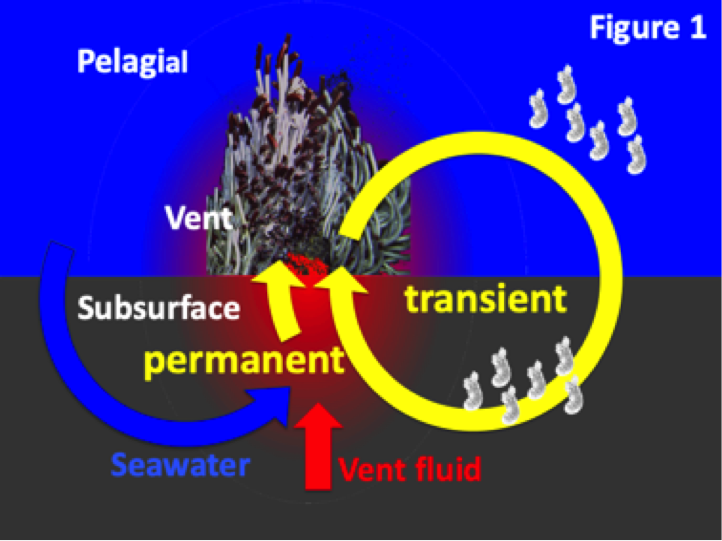Getting funded
For years I have looked for baby tubeworm on rocks under clumps of tubeworm. Since tubeworm larvae settle in small cracks of rocks and were difficult to recover, I designed and deployed small tubeworm artificial settlement cubes (TASC). These cubes consist of plastic plates with lots of grooves so when you disable them after their visit at vents it was quite easy to collect the small larvae and juveniles. Because tubeworm larvae cannot settle at a vent from below they can come with the flow of seawater along the bottom or they could come from below – entering the cracks of the subsurface and emerging with the vent fluid. This is what will try to find out during the upcoming cruise.

TASC and kitchen sponges collected in 2009 © WHOI. Basalt under tubeworm clump broken in two parts with many tubeworms in cracks of rock
The entire project, however, is much larger. Together with six labs from US and Europe (Stefan Sievert, Peter Girguis, Roxanne Beinart, Alexis Pasulka, Sabine Gollner, Christian Winter) we wrote a letter of interest already five years ago and subsequently were invited to submit a grant proposal that received funding for a year later. Goal is to study the connection of all forms of microbial and animal life at hydrothermal vents and below vents in the subsurface of the Earth’s crust. How we will do this you will find out in the upcoming weeks.

Scheme of proposed connectivity between vent and subvent communities
